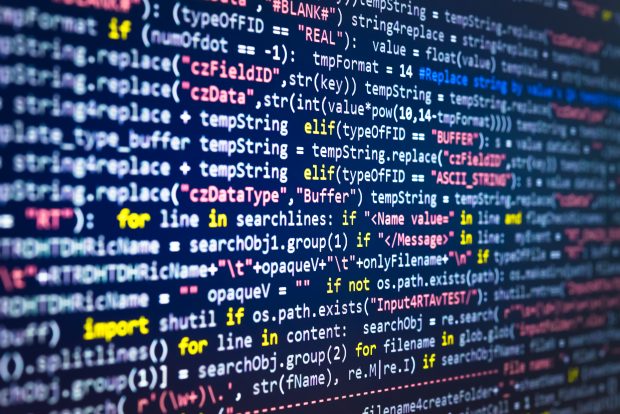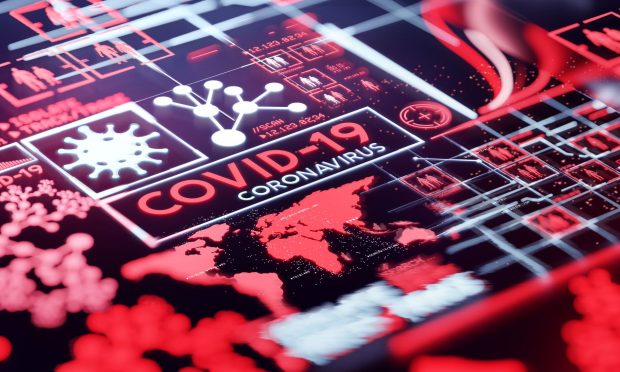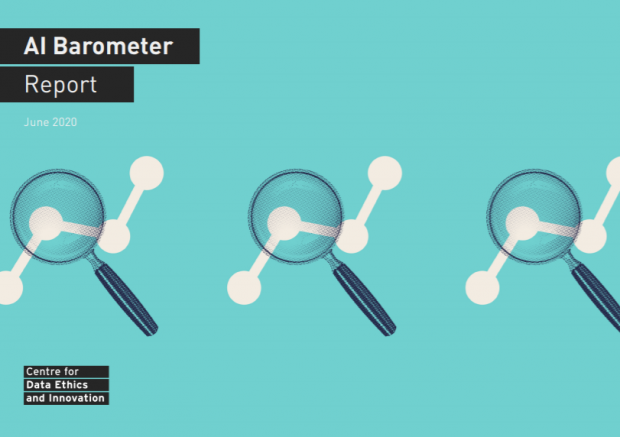Today the CDEI publishes its report on local government use of data during the COVID-19 pandemic. The report draws together the findings of a forum discussion hosted last year with local authority representatives, and is supplemented by individual interviews and …
Since the Centre for Data Ethics and Innovation (CDEI) was established two years ago, engaging with the public has been a core component of our work. For the CDEI to advise on best practice in responsible innovation, we need a …
This report draws together the findings and recommendations from a broad range of work. We have focused on the use of algorithms in significant decisions about individuals, looking across four sectors (recruitment, financial services, policing and local government), and making cross-cutting recommendations that aim to help build the right systems so that algorithms improve, rather …
Almost all (13 of 16) of this month’s entries were related to healthcare, with the majority of those specifically looking at use-cases in hospitals. Given that the UK faces an ongoing public health crisis and is entering a second-wave of coronavirus infections, it is not surprising that these use-cases are the most prevalent at this …
The number of brand new use-cases that we are seeing each month has seen a downturn since we began compiling the COVID-19 repository, although we are continuing to find further examples of the existing entries that we have been tracking, indicating that existing use-cases are being adopted more widely.
The primary purpose of the majority of use-cases has been to support the local response and mitigate the effects of lockdown. However, we are starting to see examples of use-cases designed to build future resilience and aid the recovery; these have been particularly prominent in the transport sector. For example, the Commonplace Mapping Tool which …
In a project at Oxford University Hospitals NHS Foundation Trust (OUH), researchers have built an AI-driven test to screen for COVID-19, in the first hour of a patient arriving at an emergency department. The AI model - trained using laboratory bloods, blood gases, and observations recorded routinely during 115,000 presentations to Oxfordshire’s Emergency Departments - …
Although the majority (70%) of the use-cases we have added over the last month are still related to health and social care, the focus has moved away from managing the immediate public health crisis and towards building future resilience.
This week we’re continuing our introductory series by looking at the use of social distancing wearables for the workplace. As a reminder, this blog is not designed to be exhaustive, and is based on a rapid review rather than the …
What is the AI Barometer? The CDEI’s AI Barometer is a major analysis of the most pressing opportunities, risks, and governance challenges associated with AI and data use in the UK. The first iteration of the AI Barometer covers five …










Recent Comments